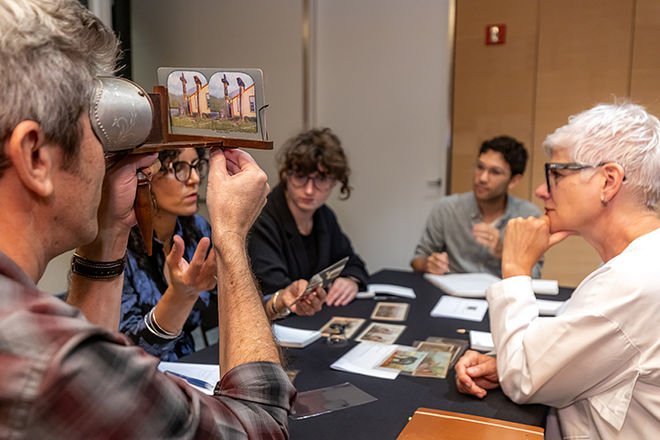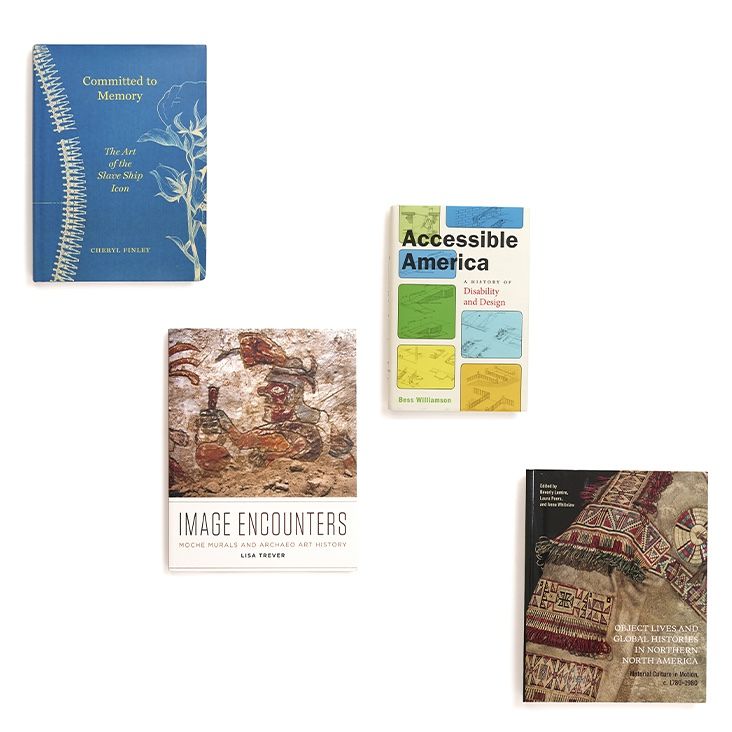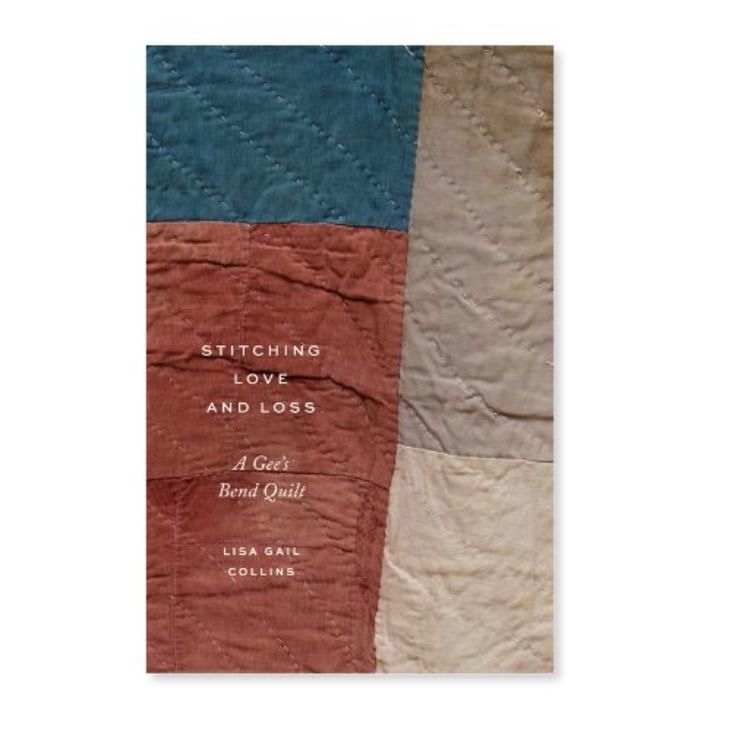From the
Exhibition:
Agents of Faith: Votive Objects in Time and Place
The
cover of this Armenian Gospel book from the Morgan Library and Museum (MS M.
1149) testifies to the centuries-old enduring belief in votive offerings and
their protective properties. Although the book itself was created between 1675
and 1725, the wide variety of treasures adorning it originate from distant
regions, peoples, and time periods. The precious objects that make up its “treasure-binding”
include thirteenth-century Seljuk coins, engraved mother-of-pearl plaques, a
gilt-metal cross, fragments of ornamental jewelry, and thirty engraved seal
stones.
Many of these objects were considered to be talismanic or powerful because of
their materials or engravings. Some pieces were made of “protective” materials
such as mother of pearl and carnelian, while others were thought to bring good
luck like ancient foreign coins, and yet others, such as the personalized
seals, were thought to act as agents on behalf of the votive donor.
Individually, every piece possesses a narrative unto itself—stories of men
longing to be healed, women praying for the safety of their newborns, and
legacies of long-forgotten kings. Together, they shed light on a cultural
practice unique to Armenian Christians—the dedication of ex-votos to religious
manuscripts.
Votive offerings have been a foundational part of Armenian
Christianity for centuries. In the case of this manuscript cover, the ex-votos
attached to it were likely intended as offerings meant to protect both the
devotees who dedicated the objects and the book itself. Unlike those used in
other sects of Christianity, Armenian gospel books are imbued with a distinct
sense of agency. Because the gospels were considered a portal to the divine,
they required special protection against evil forces. Sylvie Merian, a scholar
of Armenian art who has extensively researched and written about the manuscript
in question, claims that such books “were almost considered to be human, and
there are numerous colophons in which it is recorded that the book had been
‘kidnapped’ by infidels, held for ransom, and that the community got together
to pay the ransom and ‘free’ the book from capture.”
Thus, the personhood of the gospel book and its reverential treatment by the
public situate it in a liminal space between the sacred and the mundane. The
book contains the word of God, which is holy; at the same time, the book itself
should never be worshipped, as that would be idolatrous. The gospel book thus
represents one level of remove from God, so that it can be regarded as a portal
to the sacred but not the incarnation of the divine.
The manuscript cover aims to protect the divine word of God
from profane corruption, because its role as a door to divinity makes it
vulnerable to attack by negative forces, such as the Evil Eye or non-believers.
Protection from heresy and evil has a long tradition of focus on confusing the
eye. Belief in the powers of the Evil Eye, for instance, runs deep across
Christian, Muslim, and Jewish cultures, and talismanic protection focuses on
confusing it with uneven patterns and intense colors. According to Fady Hajal,
“the power of evil wishes, and the magic power of certain people continue to be
considered the cause of various states of ill health, including mental
disturbances. To counter the effects of evil magic, people seek the protection
of talismans.”
This manuscript, with its role as a bridge between the profane and the sacred,
represents a point of particular risk for such evil attacks. The cover of MS M.
1149 possesses an efficacious layer of protection, because the votive objects
that adorn it confuse the eye with their unbalanced pattern and act as relics
of true faith. The belief and talismanic properties embedded in each of the
objects ensured the safety of sacred texts from outside threats.
To
understand the purported talismanic power of the artifacts attached to the
manuscript, it is helpful to consider a single case. Of the thirty seals
attached to the manuscript’s back, or “lower,” cover, one engraved with the
term “ΜΑΣΑΛΑΧ” poses an interesting mystery in terms of the meaning of its
inscription and its physical difference from the other twenty-nine seals that
adorn the book (Fig. 1).
Most of the seal stones on the manuscript follow the same
pattern: they harbor formulaic language, such as “Servant of God” or the
donor’s name, and possess text engraved in the mirror image, so that when they
were used in their former lives as stamps, their seal would have been legible.
On the seal seen above, however, the writing is not engraved in the mirror
image and the word cannot be immediately identified, as its Greek letters do
not amount to a recognizable Greek word. Dr. Merian herself explained that she
and her colleagues could not make sense of the word: “[perhaps] it might be a
proper name? Could it be a place name? If so, why is it on a seal stone? It’s
very strange.”
It must be noted that the Greek seal stone is not the only
one written in languages other than Armenian: one other seal bears a Greek
engraving, and nine seals are engraved in Ottoman Turkish, Persian, or Arabic.
The addition of several Muslim seal stones presents scholars with an
interesting dichotomy: why would they be used as votive offerings for a
Christian manuscript. Merian responds to this issue as follows:
[The seals] were definitely Muslim owned, as indicated by
the names inscribed on them, such as Umar or Muhammad son of Ali… the mere
fact that it includes so many votive offerings strongly suggests that this
gospel book was considered a miracle-working one. Perhaps these were given by
severely ill Muslims who, in their desperation, appealed to it in search of a
cure. This may not be as strange as it first seems—Christians, Muslims, and
Jews often perform pilgrimages to the same holy sites.
In order to better understand the engraved term, I began
researching other forms that may bear such engravings intended to ward off the
Evil Eye. As thresholds were considered to be areas particularly vulnerable to
that form of evil magic, I investigated the possibility of a “ΜΑΣΑΛΑΧ”
inscription on a building, and discovered a building with that same inscription
located in the Anatolia region of Turkey. Interestingly, the
Karamanlides people, who once populated that region, were Orthodox Christians
who used the Greek alphabet to write in Turkish.
When translated into Turkish, the Greek letters “ΜΑΣΑΛΑΧ” produces “maşallah,”
a Turkish phrase that is still used today to ward off the Evil Eye. Michael
Herzfeld, in his article “Meaning and Morality: A Semiotic Approach to Evil Eye
Accusations in a Greek Village,” explains that the word has carried over to
Greece. In describing linguistic “socially deviant habits” Herzfeld cites:
[A man] expresses open admiration for other peoples’
property; worse, he fails to add the protective phrase “Maşallah!”
after doing so, so that the object of his praise is immediately ruined. He
defends himself here on the grounds that he simply likes whatever is good of
its kind, without necessarily coveting it; indeed, he denies that he has the power to damage with his
“eye.”
Herzfeld
translates the Turkish to “what [wonders] God has willed” and explains
that “while Greek villagers are aware that this is a Turkish word, as perhaps
befits a prophylactic against grusuzia,
they mostly do not understand it as
an invocation to Allah, but describe it simply as a word that brings
protection.”
Thus, the term “maşallah” (or ما شاء
الله, “Mashallah,” in Arabic) carries
cultural meaning across different religions and regions—its talismanic properties
are not limited to Islamic beliefs.
The cover of the Armenian gospel book offers a window into
several distinct cultures and time periods. An examination of the relationship
between the composite materials of the manuscript brings the piece’s kaleidoscopic
nature to light. There is no single interpretation of MS M. 1149; its
polymorphous nature allows for new and different insights to continually
emerge, as its relics reveal an enduring belief in the protective power of ex-votos.
Darienne Turner, a
curatorial assistant at the Baltimore Museum of Art and graduate of the master’s
program, participated in associate professor Ittai Weinryb’s spring and fall
2016 In Focus seminars Ex Voto: Agents of Faith I & II and contributed to
the exhibition catalogue Agents of Faith: Votive Objects in Time and Place.
Sylvie Merian, “Protection against the Evil Eye?
Votive Offerings on Armenian Manuscript Bindings,” in Suave Mechanicals: Essays on the History of Bookbinding, edited by
Julia Miller (Ann Arbor, MI: The Legacy Press, 2013), vol. 1, 42–93..
Ibid., 70–74.
Ibid., 53.
Fady Hajal, “Review of Majnun: The Madman in Medieval
Islamic Society,” International Journal
of Middle East Studies 26, no. 3 (1994): 544–46.
http://www.jstor.org/stable/163726.
Merian, “Protection against
the Evil Eye?,” 73.
Sylvie Merian, “Publication about MS M. 1149?”
E-mail message to author, May 2, 2016.
Merian, “Protection against the Evil Eye?,” 73.
Ibid., 74.
See for example, the Karamanlidika inscription found on the
door of a house in İncesu, Turkey.
Karamanlidika
/ Καραμανλήδικα / karamanlıca - writing: MAΣAΛAΧ; reading maşallah (found on
door of house in Incesu, province Kayseri, Turkey) Katpatuka.
“Karamanlidika.jpg.” Wikimedia Commons. June 16, 2006. https://commons.wikimedia.org/wiki/File:Karamanlidika.jpg.
Stelios Irakleous, “On the Development of Karamanlidika
Writing Systems Based on Sources of the Period 1764–1895,” in Mediterranean Language Review, edited by
Matthias Kappler, Werner Arnold, and Till Stellino (Wiesbaden: Harrassowitz
Verlag, 2013),vol. 20, 57–95,
Michael Herzfeld, “Meaning and Morality: A Semiotic
Approach to Evil Eye Accusations in a Greek Village,” American Ethnologist 8, no. 3 (1981): 560–74.
doi:10.1525/ae.1981.8.3.02a00090.
Herzfeld defines this as “a ‘foreign’ condition of those
(m. grusuzidhes, f. grusuzes) who lack
fortune and indeed lack social worth at all,”
565.
Ibid., 572.














